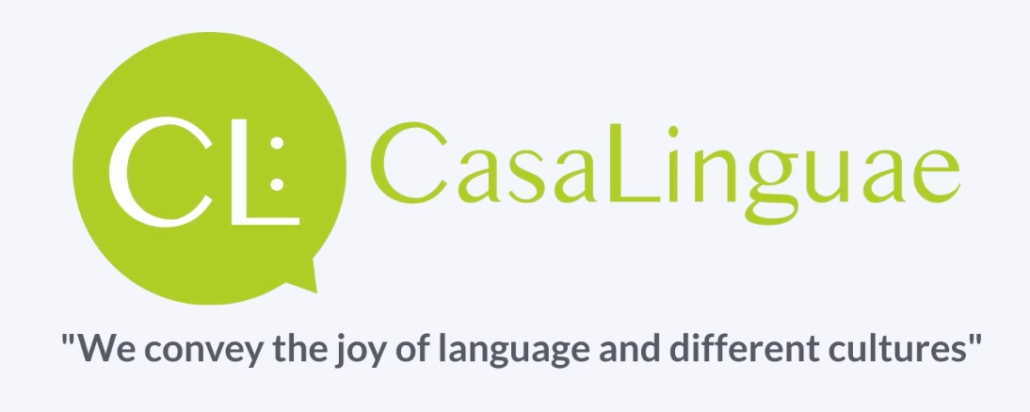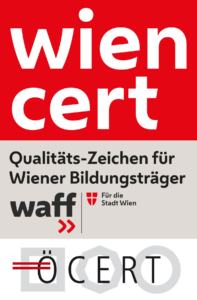Learn Serbian in Vienna
Serbian courses Vienna
Serbian, like Croatian and Bosnian, belongs to the Slavic languages. Bosnian-Croatian-Serbian or BCS for short is the international term for the former language Serbo-Croatian. After the collapse of Yugoslavia, the languages were each given their own names, but they are still very similar and usually Bosnian-,Croatian and Serbian speaking people can communicate with each other.
By learning Serbian, you will also find it easy to learn and understand Croatian and Bosnian, so you book a three in one package.
What is the best way to learn Serbian?
Of course there is always the possibility to learn a language by yourself, for example with the help of apps, movies or tutorials on YouTube. This can certainly be helpful at the lower language levels, but it does not replace a professional language course. It is important that the language is learned correctly from the beginning. It has been proven that an attendance course or a virtual course is the fastest way to make progress in learning a language.
Your language trainer not only enables you to communicate directly, but can also provide immediate feedback and assistance. In this way, mistakes do not sneak in at all and you notice progress quickly. In addition to the basics, a language course can also be tailored to your individual needs. What do I find particularly interesting? On which topics would I like to improve my vocabulary? In which grammar exercises do I make the most frequent mistakes? You can consolidate and supplement your speaking and practising during the course outside of the classroom. Maybe you will soon be able to read a book in the newly learned language or report in Serbian about your last weekend trip without any problems.
What are the differences between Serbian, Bosnian and Croatian?
As already mentioned, the languages are very similar because they are Slavic languages. The basic grammar, for example, is transferable to all three languages. Serbian, Bosnian and Croatian are characterized by a strong inflection of the word types, a large number of cases and the category of the aspect in the verb system.
Nevertheless, the languages should be learned separately, as there are regional and historical differences.
The main difference is the two ways of pronouncing the sound “jat”. In one group of languages this sound is pronounced as [ije] (and thus belongs to the ijekavian group), in the other as [e] (and thus belongs to the ekavian group).
A short overview with examples:
| he differences between the Ijekavian and the Ekavian variant | |
| in the Ijekavian variant one writes and speaks: | in the Ekavian variant one writes and speaks: |
| cvijet (eng. flower) | cvet (eng. flower) |
| lijepa (eng. beautiful) | lepa (eng. beautiful) |
| mlijeko (eng. milk) | mleko (eng. milk) |
| poslijepodne (eng. afternoon) | poslepodne (eng. afternoon) |
| svijetlo (eng. light) | svetlo (eng. light) |
| vrijeme (eng. Light, weather) | vreme (eng. Light, weather) |
Learn Serbian with CasaLinguae
We offer tailor-made Serbian language courses in Vienna and throughout Austria, where you can learn or improve your language with the help of qualified language trainers.
We are looking forward to meeting you!
CL: Casalinguae – Your business forum for language and culture
- Display 15 Products per page



